5 Fascinating Shipwrecks to Explore in the Red Sea
The Red Sea is not just famous for its vibrant coral reefs and incredible marine life; it’s also home to some of the most fascinating and historic shipwrecks in the world. These submerged relics tell stories of adventure, tragedy, and survival, making them a must-see for divers and history enthusiasts alike. From ancient wrecks to more modern ones, the Red Sea offers a wide range of shipwrecks to explore, each with its own unique allure. Whether you’re a seasoned diver or a novice looking for a thrilling underwater experience, here are five fascinating shipwrecks in the Red Sea that you shouldn’t miss.
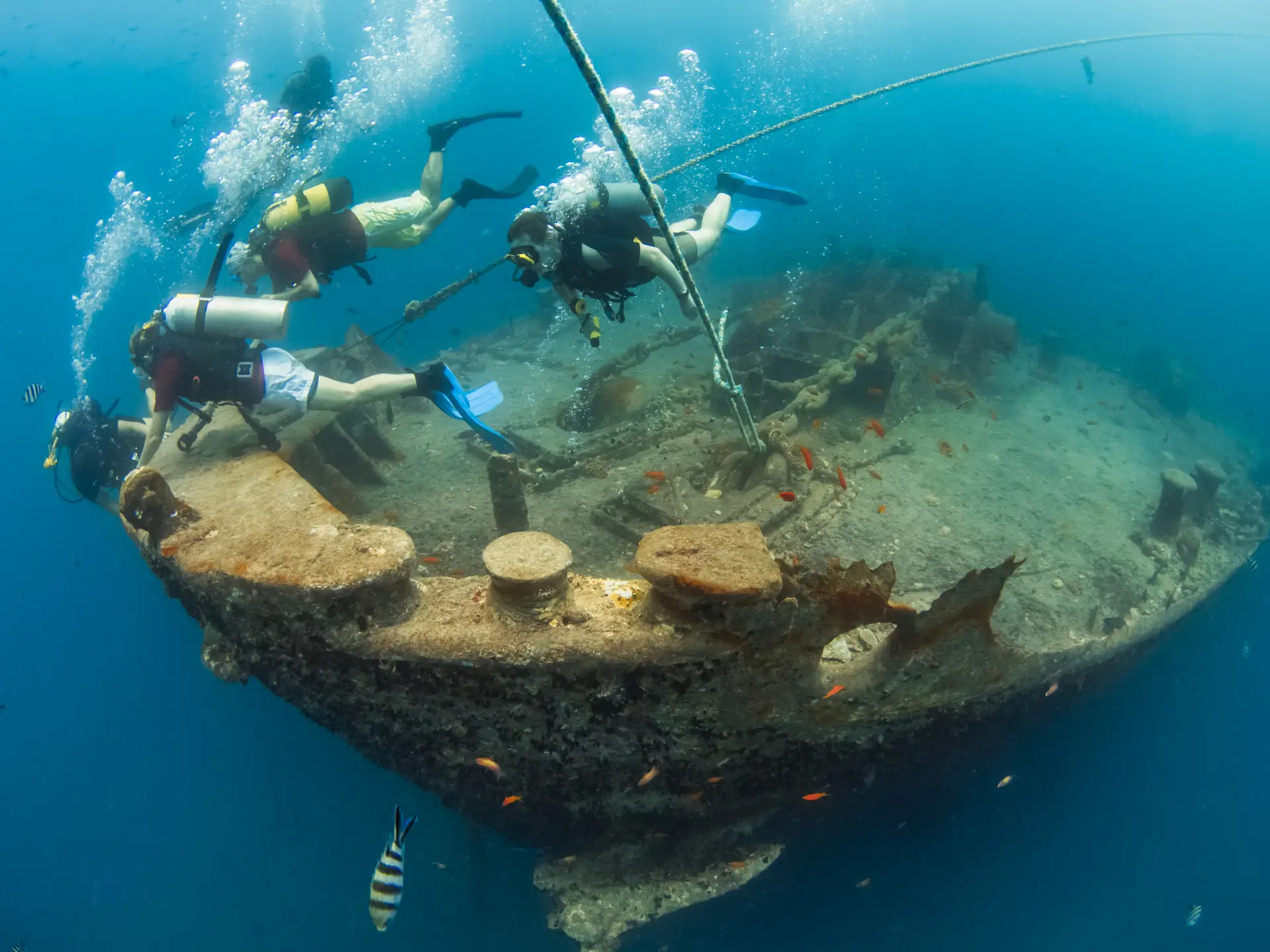
1. The Thistlegorm – A World-Famous Wreck
Location: Near Ras Mohammed, Egypt
Depth: 16 to 30 meters (52 to 98 feet)
One of the most iconic shipwrecks in the world, the Thistlegorm is a must-visit for any diver exploring the Red Sea. This British cargo ship was sunk during World War II in 1941 by a German bombing raid while it was en route to deliver supplies to the Allied forces in North Africa. The wreck now lies in relatively shallow waters, making it accessible to divers of various skill levels.
The Thistlegorm is renowned for its well-preserved cargo, which includes motorcycles, trucks, ammunition, and even a train carriage. As you explore the wreck, you’ll be transported back to the 1940s, encountering remnants of wartime supplies and vehicles. The ship’s deck, holds, and engine room are home to a wide variety of marine life, including schools of jacks, barracuda, and even the occasional reef shark. Its combination of historical intrigue and abundant marine life makes it one of the most popular wreck dives in the world.
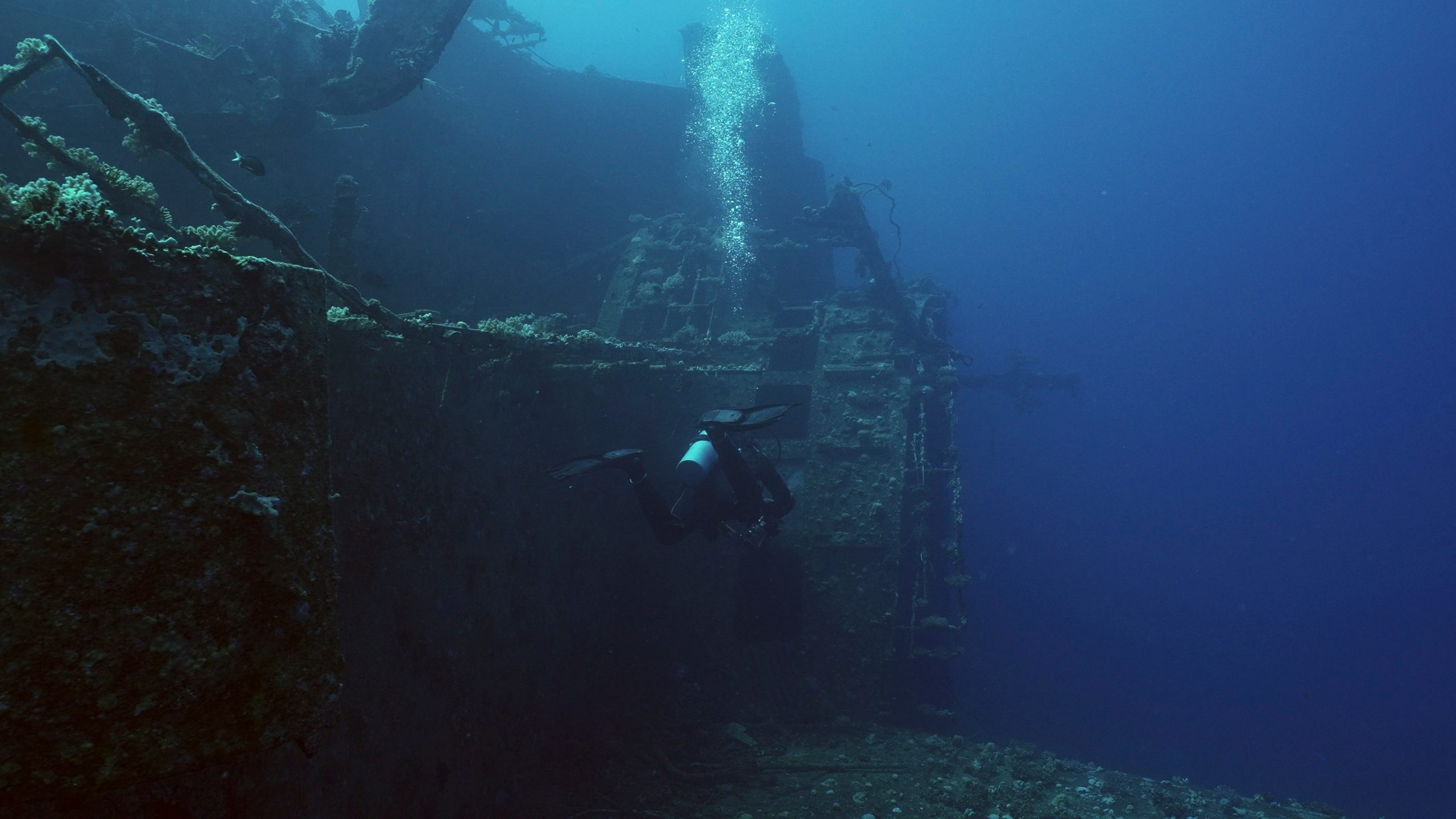
2. The Salem Express – A Tragic Passenger Ship Wreck
Location: Near Safaga, Egypt
Depth: 30 to 110 meters (98 to 360 feet)
The Salem Express is a tragic wreck that marks one of the deadliest maritime disasters in the Red Sea. In 1991, the Egyptian passenger ferry sank after hitting a reef in stormy weather, claiming the lives of more than 470 people. The wreck lies at depths that range from 30 meters on the shallower parts to over 100 meters in some sections, making it a dive site for experienced divers.
Although the wreck is a somber reminder of a dark chapter in the Red Sea’s history, it remains a fascinating dive site. The wreck is largely intact, and divers can explore the ship’s passenger cabins, dining areas, and cargo holds. The surrounding area is home to large schools of fish, including parrotfish, snapper, and moray eels, adding a vibrant contrast to the site’s historical significance. Due to its depth and the strong currents, diving the Salem Express requires proper planning and advanced diving skills.
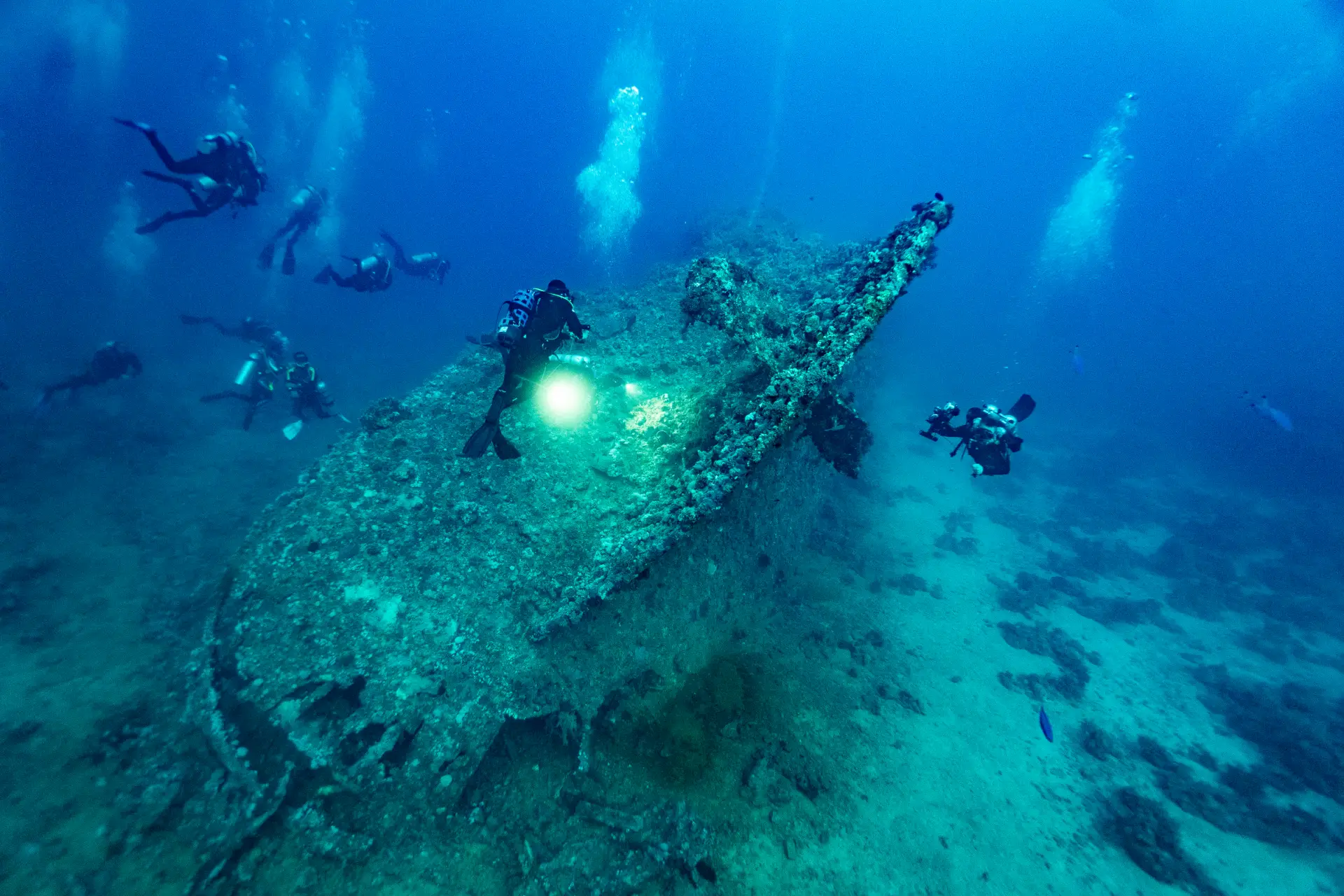
3. The Dunraven – A Popular Wreck for Divers
Location: Near Ras Mohammed, Egypt
Depth: 18 to 30 meters (59 to 98 feet)
The Dunraven is another well-known shipwreck in the Red Sea that has become a favorite among divers. This British cargo ship sank in 1876 after hitting a reef near Ras Mohammed. The wreck now lies upright on the sandy seabed, making it an easily accessible dive site for those with intermediate-level diving experience.
The Dunraven was originally carrying a cargo of wool and various goods, but much of its cargo has been lost over time. What remains is the wreckage of the ship’s structure, including its large boilers, propellers, and rudder. The site is home to an abundance of marine life, including lionfish, batfish, and large schools of snapper and parrotfish. Its relatively shallow depth and the well-preserved condition of the wreck make it a popular spot for both recreational divers and underwater photographers.
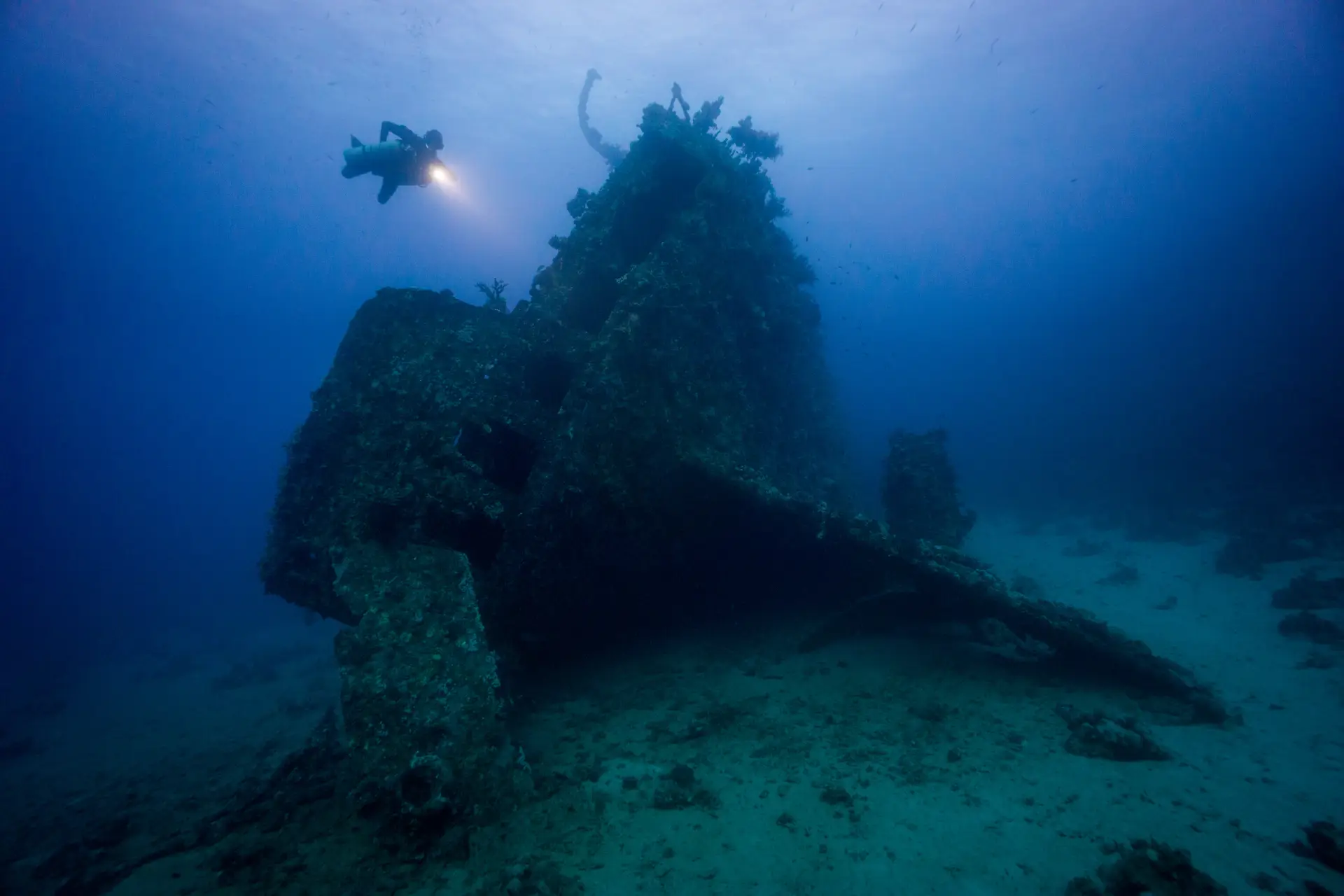
4. The Carnatic – A Historic Wreck with a Rich Marine Life
Location: Near Sha’ab Abu Nuhas, Egypt
Depth: 12 to 20 meters (39 to 66 feet)
The Carnatic is one of the oldest and most historically significant shipwrecks in the Red Sea. This British steamship sank in 1869 after hitting a reef near Sha’ab Abu Nuhas, a well-known reef complex. The Carnatic was carrying a valuable cargo of wine, copper, and a variety of other goods, which has attracted divers seeking to explore the site’s intriguing history.
The wreck is well-preserved, with many of its features still intact, including its large boilers and engine parts. The shallow depth of the wreck makes it an ideal site for beginner divers and those with limited experience. Over the years, the wreck has become home to a wide array of marine life, including large schools of fish, moray eels, and soft corals that have colonized the wreck’s structure. The Carnatic is often described as a “diver’s paradise” because of its combination of history and vibrant marine life.
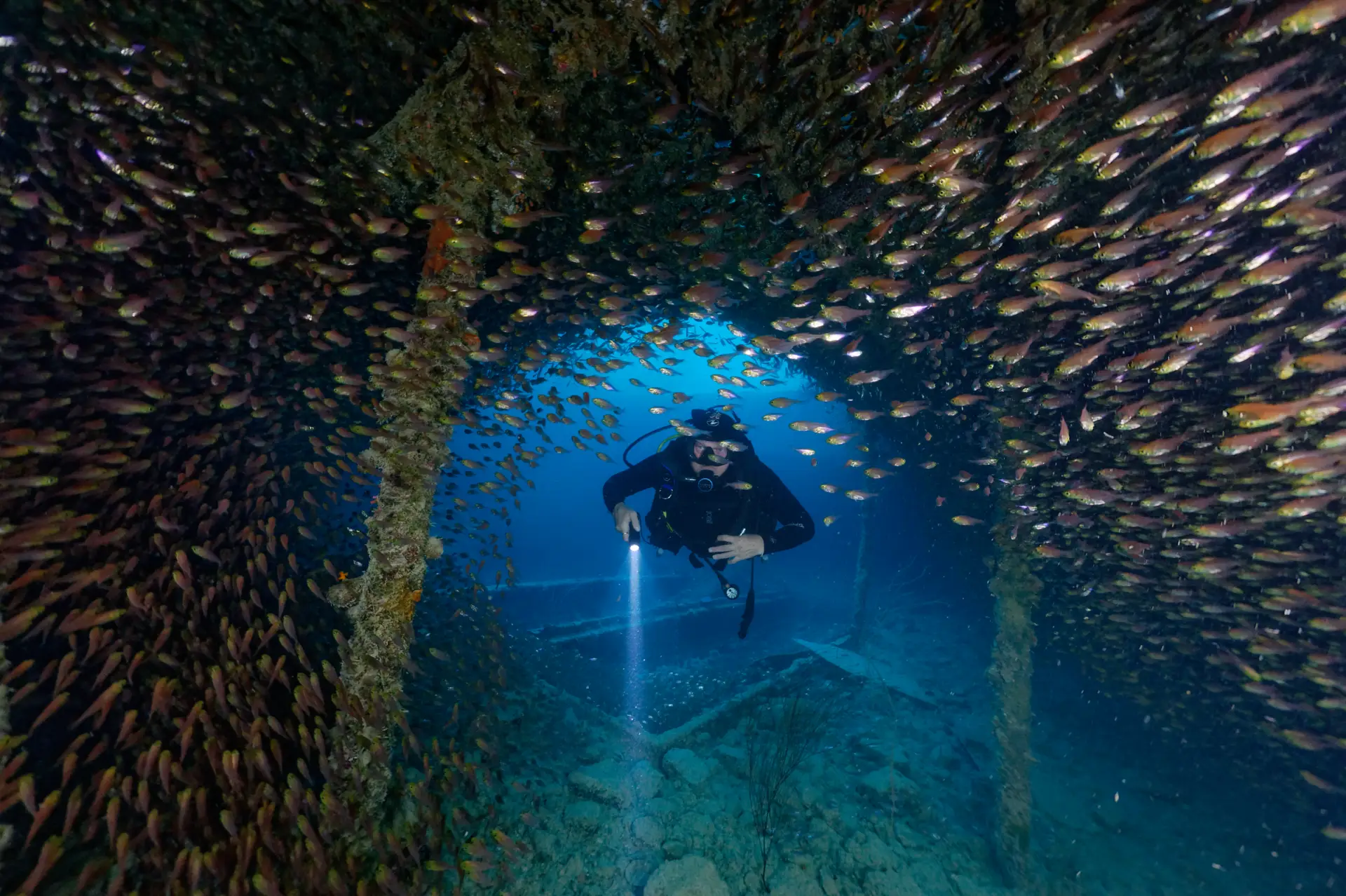
5. The Rosalie Moller – A WWII Shipwreck with a Storied Past
Location: Near Abu Nuhas Reef, Egypt
Depth: 30 to 50 meters (98 to 164 feet)
The Rosalie Moller was another British cargo ship that met its fate during World War II. The vessel was sunk by German bombers in 1941, just a few months after the Thistlegorm met the same tragic end. Unlike the Thistlegorm, however, the Rosalie Moller is not as widely known but is still an exciting wreck to explore for those who love history and diving in deeper waters.
The wreck sits upright and is remarkably intact, with much of its structure still visible. Although its cargo hold is now largely empty, the ship’s bridge, engine room, and stern are still fascinating to explore. As with other wrecks in the Red Sea, the Rosalie Moller has become a thriving ecosystem, with many species of marine life calling it home. Divers can encounter schools of glassfish, groupers, and other reef species, as well as the occasional predator like barracuda or reef sharks. Because of its depth, this wreck is recommended for more advanced divers.
Conclusion
The Red Sea is not only famous for its rich biodiversity and stunning coral reefs but also for the remarkable shipwrecks that lie beneath its surface. From the iconic Thistlegorm, which tells the story of wartime supply runs, to the Rosalie Moller and Salem Express, both filled with history and tragedy, these wrecks offer a unique glimpse into the past while providing an unforgettable diving experience.
Exploring shipwrecks in the Red Sea is a journey through time. Whether you are diving in the shallow waters of the Carnatic or braving the depths of the Rosalie Moller, each wreck has its own story to tell, making it a truly fascinating and rewarding adventure for divers. Make sure to plan your dive carefully, as many of these wrecks are located in areas with strong currents and deeper depths, requiring proper preparation and experience. For those who are ready to embark on this historic underwater adventure, the Red Sea’s shipwrecks are waiting to be explored.
